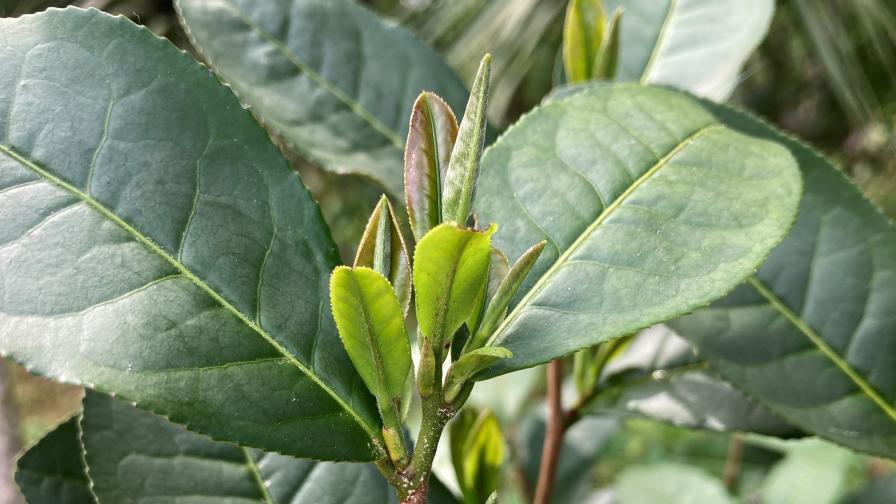Care for a Spot of Tea? It Might Be the Next Cash Crop for Florida

Can tea grow in Florida? Yes. So, which varieties grow best? Scientists found that ‘Fairhope’ performed well in trials.
Photo by Brantlee Richter
Florida’s subtropical environment makes it a hot spot to grow just about anything — seriously. The already stout list of farm commodities produced there is nicely complemented by an expanding selection of alternative crops. University of Florida researchers are now investigating whether you can grow tea plants consistently and on a commercial scale in the Sunshine State. Findings from a multi-year trial at the UF/IFAS Plant Science Research and Education Unit in Citra can be found in the journal HortTechnology.
For the study, which was funded via a specialty crops block grant from the Florida Department of Agriculture and Consumer Services, scientists tested seven tea “accessions” during years three to five of their growth, which includes the time the plants are expected to reach harvesting maturity. Researchers use the term “accessions” for any plant that does not yet have a cultivar name in the U.S.
“We started with eight varieties, and one of them had 100% mortality,” says Brantlee Richter, UF/IFAS Assistant Professor and member of the research team. “We put weed cloth in to manage the intense weed pressure here in Florida and used a drip irrigation system, but otherwise, we didn’t do anything to baby these plants. They were out there in the harsh Florida sun, and we even had a hurricane remnant hit the plot during the study period. Even tropical storm-force winds didn’t seem to faze the plants or cause them to lose a lot of leaves.”
Despite being commonly grown in many countries around the world, tea is still considered a specialty in commercial production for the U.S.
“We actually found a few of the selections from Camellia ornamental nurseries,” Richter says. “Tea is a Camellia species, but it’s not sold or produced at the scale of commercial production.”
The best-performing plants in this study overall were from a variety called ‘Fairhope’, according to the researchers.
Bala Rathinasabapathi, a UF/IFAS Professor of horticultural sciences, notes this study marks a starting point for learning which varieties will grow best in Florida.
“We feel that North Central Florida is pretty good in terms of climate for growing tea, and tea likes acidic soil, just as citrus does,” he says. “In South Florida, we would have to do more experimentation to find out whether tea can grow in a truly tropical region with harsher temperature conditions.”
Researchers took measurements throughout the growing process that should give growers a better idea of the potential success of a plant.
“It’s not impossible to grow tea in different regions of Florida,” Rathinasabapathi concludes. “Eventually we’ll find material that would suit different climatic zones.”
The UF/IFAS tea research will continue, including exploring shade production practices and breeding new varieties that may hold the best potential for Florida’s conditions.









